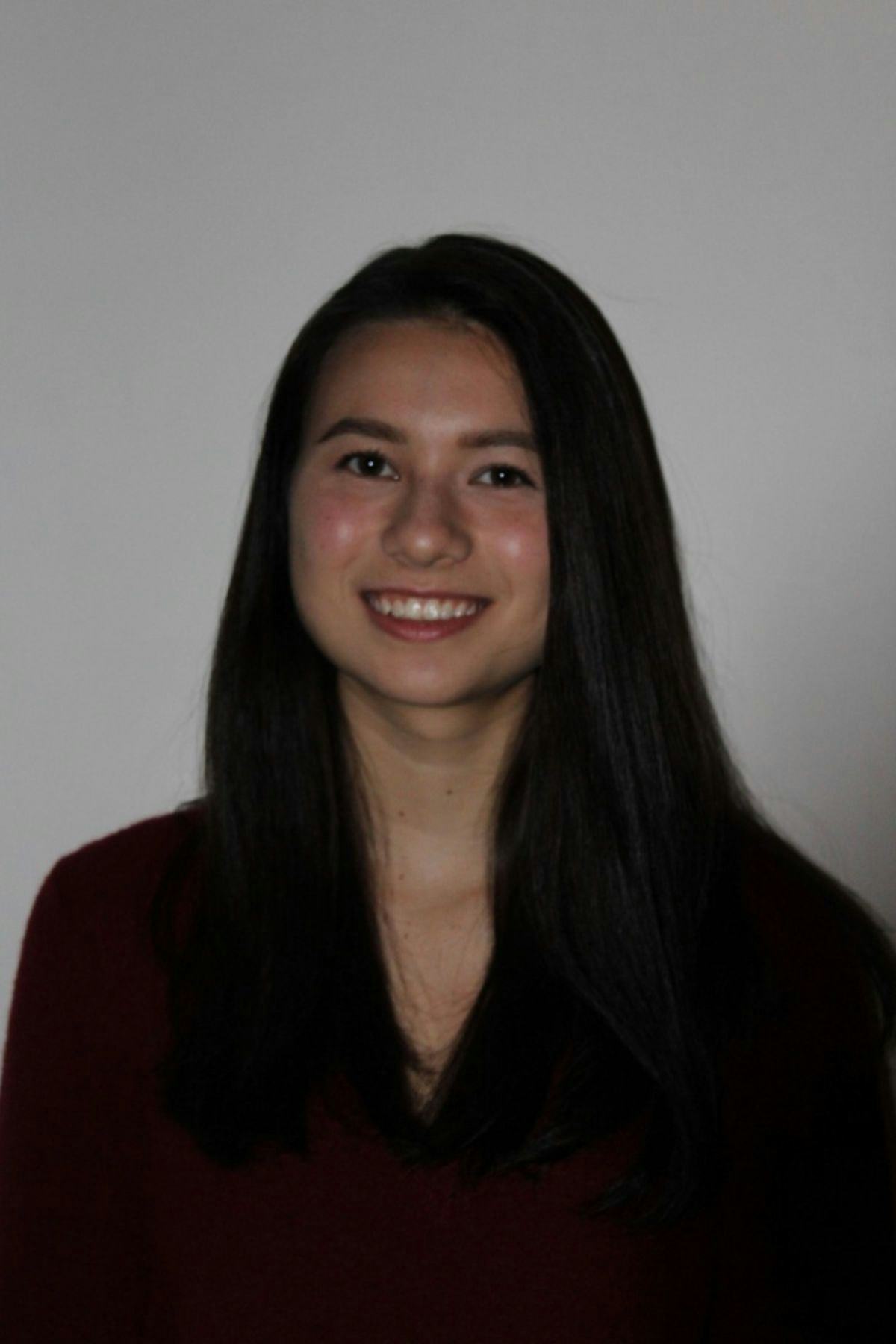Stevens Senior Prepares for a Real-World Career by Exploring Mathematics at Work in Everyday Situations
Seana Flood has always wanted to understand how the world works in order to solve its many problems. At Stevens, she met her match: applied mathematics.
When she began her higher education at Stevens Institute of Technology, Seana Flood wanted to study a field with broad, practical, real-life applications; and a field that would open the door to multiple disciplines in her future career. Mathematics fit this bill perfectly.
“I’ve always been interested in the applicability of math,” Flood said. “I think a lot of the time math comes off as incredibly abstract and irrelevant, and because of this, people disregard it as being something they will never use or need in life. And I think this is because math is often taught in such a decontextualized manner. But, when you start to see how math can be applied to real-world situations, and how useful it is, that’s when math really becomes interesting.”
Flood is a senior in the Department of Mathematical Sciences in the Charles V. Schaefer, Jr. School of Engineering and Science. For her senior design project, she set out to answer the question, how can we determine whether one random variable is greater than another?
Context is everything when it comes to Flood’s interests and drive. Her project, “Fractional Stochastic Dominance,” investigates a fundamental concept of decision theory and economics by providing a way to compare random outcomes. In pragmatic applications, stochastic dominance has been used in most fields to give order to seemingly unpredictable situations. While it is most often associated with economic applications because of volatile financial markets, Flood explained that “stochastic orders, and in our case, fractional orders, can be used to represent most systems that seem to change randomly; for example, it has been used in medicine, manufacturing, and so forth.”
Stochastic orders is not a new topic, but stochastic orders have previously been explored only with integer orders. Inspired by her advisor Darinka Dentcheva, professor and chair of the mathematics department, Flood set out to introduce the notion of stochastic dominance with fractional orders, further expanding its breadth of applicability and enabling more variation to be addressed in stochastic optimization problems.
Stochastic optimization can be used to solve most any problem where there is risk coupled with uncertainty. This could mean calculating the power demands of a population, or predicting the spread of the COVID-19 virus.
Stochastic dominance, Flood explained, gives order to what may seem like completely random situations that likewise seem to change in completely random manners. “If you are given a set of possible outcomes,” she said, “you can use their corresponding probabilities of each outcome occurring to make an informed prediction of which outcome will be preferred among the set of potential outcomes.”
The business, industry, and scientific implications of such predictive abilities are immense. Professionals and scientists can work backward from the preferred outcome to engineer the path to be taken. Or, conversely, those same experts can have a better understanding of what a likely outcome will be, and then prepare for it.
Flood credits Dentcheva for inspiring her work and guiding her senior design project from conception to actualization. During the initial stages of her project, Dentcheva provided reading materials and research publications as jumping-off points to inform her explorations.
Of the process, Flood said, “The topic of stochastic dominance was relatively new to me, so of course, before I could start investigating a new aspect of this topic, I had to understand the fundamentals. I reached out to my advisor with any questions I had on the material she provided. Once I had a grasp of the basics, we began brainstorming ideas on how to approach the topic, and it was a series of trial and error from there on out.”
She is excited about the many more avenues of exploration in which she can take this research. Struck by these vast possibilities of math, Flood stated that her bachelor’s degree, while comprehensive, has opened her eyes to just how much more math has to offer.
“I don’t think this topic will ever run out of different things to explore and different results that can be discovered, and this is why it’s such an exciting field to explore,” she said. “Throughout my time here at Stevens, something I’ve recognized is that the more math I learn, the less I actually know, meaning the more I learn, the more I realize how much more there is to learn… But that being said, I think Stevens did a really good job in giving a well-rounded program and exposure to a lot of what math has to offer.”
Flood has already secured a job upon graduation, when she will begin work at Ernst & Young within the Forensics and Integrity Division.
She felt most fulfilled during the final weeks of her project up to the finish line, when she was finally happy with the results she obtained.
“Like with any ordinary math problem that I get stuck on, it is always so rewarding to see the final product evolve as anticipated,” she said.



